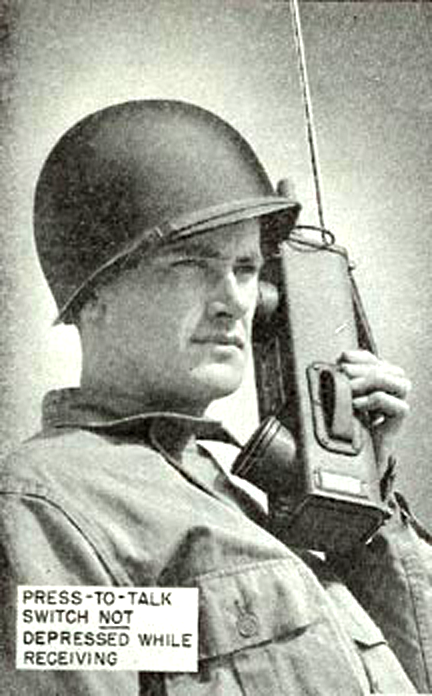Techno History is a informational blog that contains the storyline of the technology evolution and its inventors.
Thursday, September 23, 2010
The Japanese company launches the Motorola walkie-talkie
For the album by Air, see Talkie Walkie. For the building in the City of London, see 20 Fenchurch Street. For Taiwanese band, see Walkie Talkie (band).
Recreational, toy and amateur radio walkie talkies.
A Picture of two consumer-grade walkie-talkies (PMR446-type).A walkie-talkie, or handie talkie, (more formally known as a handheld transceiver) is a hand-held, portable, two-way radio transceiver. Its development during the Second World War has been variously credited to Donald L. Hings, radio engineer Alfred J. Gross, and engineering teams at Motorola. Similar designs were created for other armed forces, and after the war, walkie-talkies spread to public safety and eventually commercial and jobsite work. Major characteristics include a half-duplex channel (only one radio transmits at a time, though any number can listen) and a "push-to-talk" (P.T.T) switch that starts transmission. Typical walkie-talkies resemble a telephone handset, possibly slightly larger but still a single unit, with an antenna sticking out of the top. Where a phone's earpiece is only loud enough to be heard by the user, a walkie-talkie's built-in speaker can be heard by the user and those in the user's immediate vicinity. Hand-held transceivers may be used to communicate between each other, or to vehicle-mounted or base stations.
Subscribe to:
Post Comments (Atom)

No comments:
Post a Comment